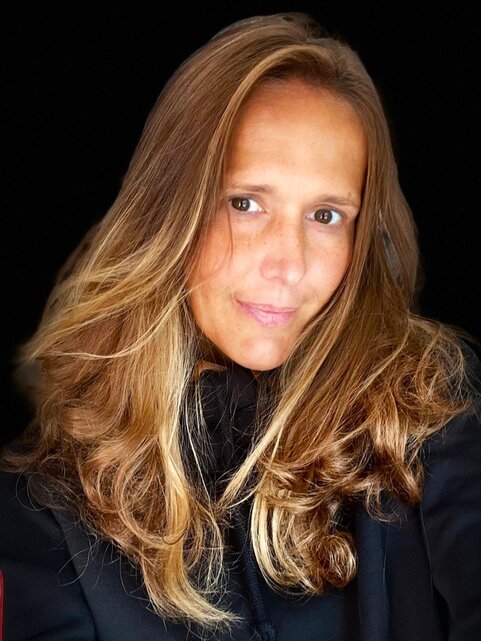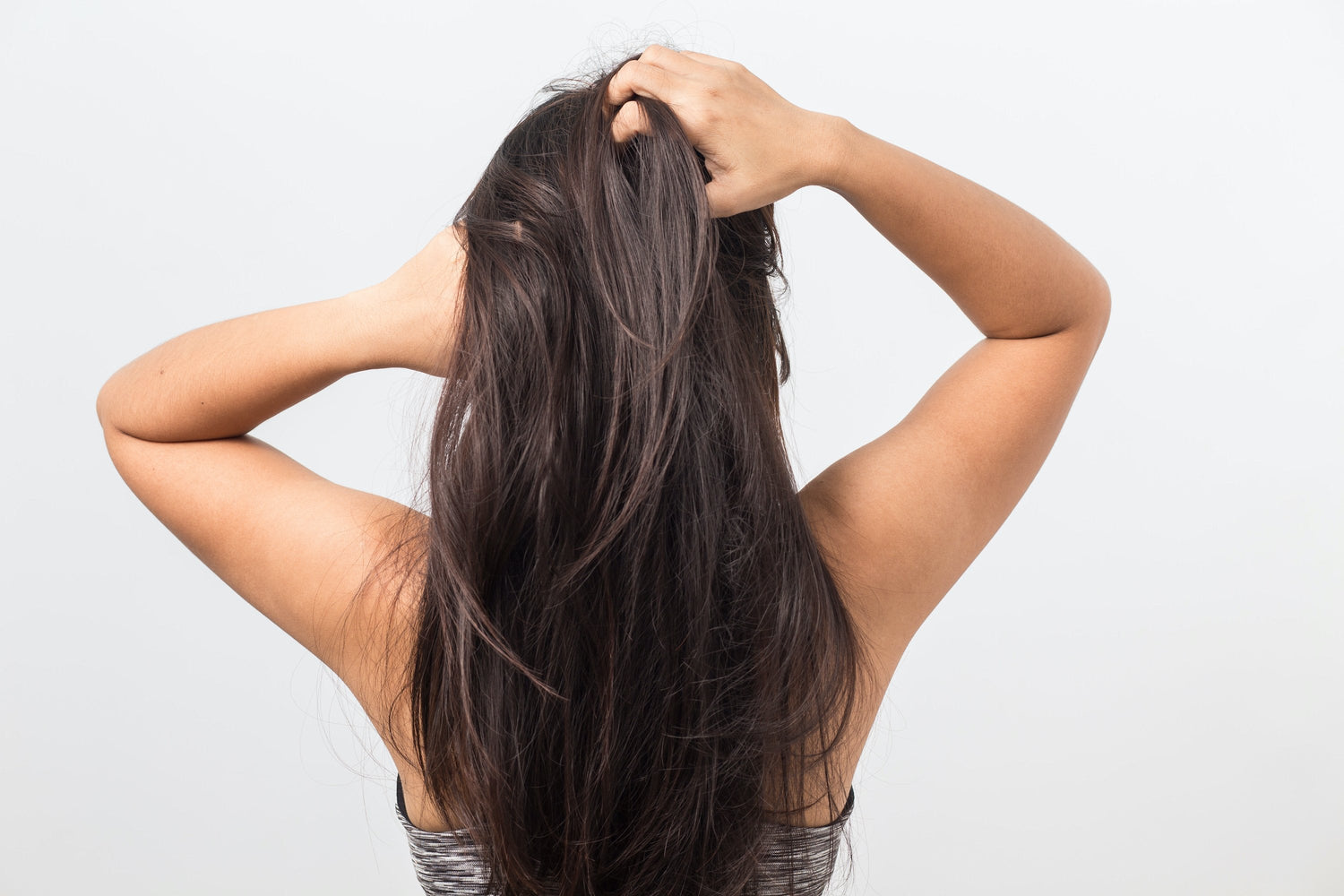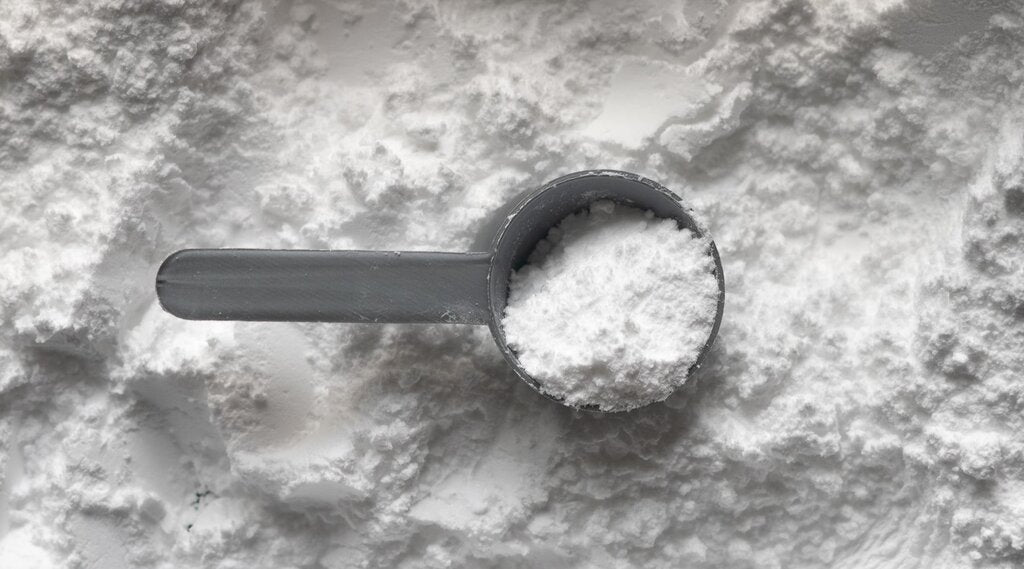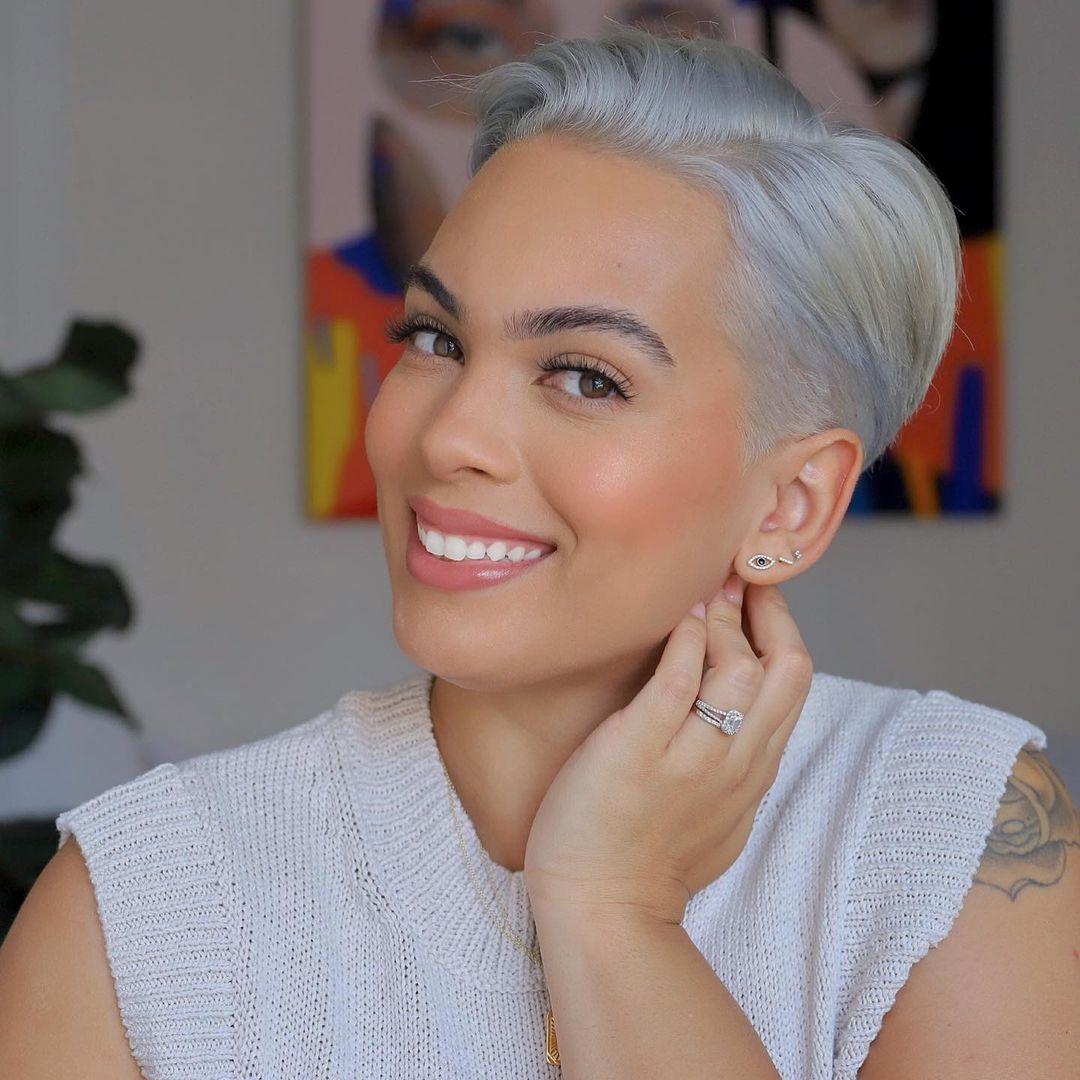Quarantine and the times of covid have been trying times for most of us. We have rediscovered Raman noodles from our college days, invested in a yoga pant heavy wardrobe, questioned our decisions to have kids, returned to our natural roots and googled why are my hair falling out.
If you’ve suffered from hair loss, or hair thinning, it may be more common than you may think. In fact, hair loss affects 50% of men and 40% of women after reaching the age of 50 but female pattern baldness in 20s is also possible. The chances of the hair loss young women can face is less common but when a female receding hairline at 20 is visible, it is usually caused by a specific trigger for hair loss, such as stress, diet or hormone changes. In this article we’ll talk about how hair changes as it ages, what causes hair to thin as you age, how to care for aging hair and if you should consider anti aging hair care.
How Does Hair Age?
Our scalp ages and our hair ages morphologically, mechanically, structurally, and aesthetically as we get older due to genetics, environmental reasons, and stressors. The hair itself can be older and ages due to weathering of the hair shaft. Weathering over the years can build up and be caused by your daily hair habits. Do you style your hair with high heat? How frequently do you color your greys or lighten your hair without using hair bond treatments? Do you wear your hair in styles that tug, pull, and snap your hair? Do you brush your hair while its wet? If you’re asking yourself, “why is my hair thinning at 20” and you’re guilty of any of the prior questions, you may not be old but the damage to your hair may make your hair look old. Your hair may not be thinning from hair loss, rather thinning from hair breakage caused by damage. To be sure, it’s a good idea to use aging hair products that treat both hair breakage and hair thinning by rejuvenating the hair and the scalp. As the scalp and hair follicle age, inflammation increases while the energy needed to deliver nutrients that facilitate healthy hair growth decline.
7 Signs of Aging Hair include:
- Aging hair can become either be coarser or finer. As you age, the texture of your hair changes. If your hair is fine, aging hair will typically get finer and more delicate. If your hair is thick, it will become coarser and wiry. This can make hair feel stiff and unmanageable.
- Aging hair is dry. As your hair follicle age, oil glands shrink and restrict natural oil from reaching the hair.
- Aging hair is brittle. When your hair is dry, elasticity declines and hair becomes brittle. This hair stiffness makes the hair more susceptible to hair breakage especially when combing and brushing.
- Aging hair is dull. Lipids and ceramide within the hair’s cell membrane complex decline with aging hair. This not only makes the hair look dry, but it can make the hair lack healthy shine.
- Aging hair can transition color to grey and white. Graying hair can be one of the first signs of aging hair. This is caused by a lack of pigment in the hair follicle. Why does pigment decline as you age? There is some research that suggests that this is due to an increase of oxidative stress within the follicle.
- Aging hair can thin. When the number of active hair follicles on your hair declines and the rate of hair fall exceeds the rate of hair growth, hair thins. Sadly, many people will lose about 50% of their hair before they notice their hair is thinning.
- Aging hair lacks volume. Yes, there’s a difference. Not only does the number of active hair growth follicles decline but the diameter of hair growing from the follicle also thins. Your hair can still “look” thinner but have the same number of active hair follicles because the hair strand is thinner and has lost its “plumpness.”
If you’re noticing three of more of these aging hair signs, it might be time to consider an anti aging haircare but first, lets talk a bit more about hair thinning.
What Causes Thinning Hair?
As we age, our body experiences many changes, and your hair's thickness is no exception; to keep your hair looking thick and full as you age, it needs special attention.
Hair naturally changes in color and texture over time. Factors including age, diet, genetics, hormones and overall health determine how fast hair grows and the overall health of the hair. A single strand of hair has a normal life of about two to seven years and grows on average 0.5 inches a month or six inches per year. As hair begins to age, it has a shortened life cycle where shorter, finer hair begins falling out. This hair is usually replaced with new finer hair.
Over time, nearly everyone has some hair loss with aging. Women and men experience hair loss for a variety of reasons as they age, such as hereditary traits, endocrine disorders, thyroid disorders, reduced hormonal support, and nutritional deficiencies. In women, menopause is a big player as they enter their 40s. Because of these aging and environmental changes, some hair follicles stop producing new hair altogether. Over time, hair fibers become thinner and drop out; unfortunately, they may never regenerate.
What Causes Graying Hair?
The graying of hair is called canities and is due to changes in melanogenesis, the hair pigmentation process. The process is not completely understood but there are a number of theories as to the cause. Melanocytes are cells found in the hair bulb (down in the follicles) that produce melanin or pigment that give our hair color. It’s surprising that melanin only makes up 1% of the entire hair but plays such a crucial role in how we perceive ourselves and those around us. This melanin is produced with the help of the enzyme Tyrosinase and is later transferred to the cortex of the hair during the anagen or growth phase of the hair. As we age, the melanocyte and tyrosinase activity decrease thus producing less pigment. It is also hypothesized that melanosomes, organelles that package and hold the melanin before depositing it in the hair cortex, degrade and are less effective at transferring the melanin. These degraded melanosomes also leak melanin before delivering to the cortex. This all translates to less pigment in the hair or “gray” hair.
What is Causing My Hair to Gray?
Gray hair can occur by more than just chronological age or genetic disorders. Premature graying can be caused by factors such as cigarette smoke, diet, and stress.1,2 Yes, those times your mother told you that your teenage years caused her to prematurely gray do have some merit. There is also the theory of the prooxidant role in graying or graying due to oxidative stress from free radicals. Oxidative stress can induce melanocyte apoptosis or cellular death as well as damage the hair follicles.[2] Oxidative damage of the hair follicles has further reached affects than just canities. It can also lead to microinflammation of the scalp and hair fallout and thinning, another feature of aging hair. With chronological aging comes decreased density of scalp hair with the total hair follicle number decreasing continually each year. The growth rate of pigmented hair decreases and the number of hairs in the telogen phase (end phase of the hair growth cycle) increases as opposed to the anagen phase (beginning phase of hair growth cycle).
What Makes Gray Hair Different?
Gray hairs are structurally different than the average pigmented hair. They tend to be stiffer, resist movement or hair dynamics, and have larger diameter with impeded bounce and flexibility. The movement or dynamics of gray hair differs from pigmented hair due to difference in internal structure, fiber diameter, and how they interact with the hair fibers around them.[3] There is much more friction between fibers and more friction means more hair breakage, knotting, and frizz. These gray hairs have less energy and are unable to bounce back making them resistant to heat styling or movement in the same fashion as pigmented hair.[5] Even small fractions of gray hair in your ponytail can lead to significant dynamic changes. Most importantly, gray hair is more sensitive to environmental aggressors than pigmented hair and needs additional protection.

How to Prevent Hair Loss
Some embrace gray hair as a sign of grace and wisdom. We support either way, but those gray hairs need special care. Aging hair needs to be reinforced, protected, and repaired and anti ageing hair care can help. We took a number of approaches with our SAVE ME FROM Age Acceleration Hair Repair to restore the hair back to its natural youthfulness and nourish the scalp for healthier hair growth. To improve hair flow, hair bounce and elasticity (ie, hair dynamics and movement), we utilized ingredients that help to realign damaged areas of the hair cuticle. It was important that these products be light so they could be applied anywhere along the hair shaft to improved lubricity and reduce porosity – without weighing down hair. We used strengthening ingredients to help reduce hair breakage and mend splits ends and make the best hair bond treatment for both disulfide bond crosslinking and ionic bond repair. We added nourishing ingredients that improve hair flexibility and blended with cuticle saving actives that restore hair shine, improve hair smoothness, add hair softness, and improve hair manageability. That was a long run-on sentence but that is what I sound like when I get excited. By the way, we have clinicals to back it up:
The Best Leave-In Conditioner Ingredients for Aging Hair
Bioactive Milk Molecules
These isolated milk proteins are readily bioavailable for both your scalp and hair. This means our milk-derived signaling peptides can penetrate and are helpful in revitalizing and rejuvenating the hair. They have been shown to help improve the hair plumpness (ie the density) and thickness (ie the number of active hair follicles) of the hair. This amazing ingredient complex can help to prevent and treat thinning hair by stimulating and strengthening new hair from the very start.
Japanese Licorice
Licorice root, or glycyrrhiza, is a well-known natural ingredient used often in skin brightening products. It is also a common ingredient applied to calm itchy, inflamed, and dry skin. This unique ingredient works in several ways. First, it has anti-inflammatory properties and can be beneficial for hair growth, calming irritated skin and reducing dryness. Our unique form of licorice possesses a ceramide-like activity. Ceramides are necessary for hydration and protection in the hair shaft, specifically in the cell membrane complex. They enhance lipid hydration, decrease porosity and boost hair keratin proteins for added strength. Hair and scalp are both healthier and act younger.
Tara Fruit + Organic Sunflower Sprouts
The tara plant is rich in tannins. Tannins are very powerful antioxidants that can chelate (ie removing) heavy metals and reduce lipid peroxidation (reduce lipid damage). We combined these tannins with organic sunflower sprouts for an unparalleled antioxidant rich elixir. It has been shown to restore hair resilience, provides thermal protection, reduces oxidative stress from pollution and UV, repairs chemically treated hair, and prevents color fading. This blend secures itself to hair proteins, helping to restore hair strength and neutralize free radical damage on hair.
15+ other notable ingredients found within Save Me From Age Acceleration Hair Repair for Thinning and Aging Hair:
- Caffeine for hair growth
- Creatine for hair bond restoration
- Sericin and Fibroin – sustainably sourced silk proteins for hair strengthening
- Amino Acids for hair strengthening
- Ginseng for scalp
- Ume apricot for hair flexibility
- Silica for healthy hair growth
- Medium Chain Triglycerides MCT from Coconut for hair moisture
- Babassu Oil for hair moisture
- Murumuru Butter for hair moisture
- Karanja (or Pongamia) Oil for hair moisture
- Meadowfoam Seed for hair moisture
- Flax Seed for hair moisture
- Squalane for hair moisture
- Panthenol for hair moisture
- Fermented Sugar Cane Humectant for hair moisture
Shop the best leave-in conditioner and scalp cream for aging hair
And Finally, Fenugreek the Ayurvedic Spice for Anti Age Hair
It's worth mentioning the hair reparative benefits of Fenugen. Inspired by Ayurvedic medicine, we've harnessed the fenugreek's rich phytonutrients including medium and long chain fatty acids, terpenoids, polyphenols, phospholipids and vitamins A, C and B variety vitamins and paired these with bio-boosters like ubiquinone (also known as Coenzyme Q10 for hair), organic Karanja (also known as Pongamia) and medium chain triglycerides (MCT’s derived from coconut). Quercetin & naringenin are two just of the important polyphenol flavonoids found in Fenugen that can help widen blood vessels alongside polyphenol stilbenes that can help reduce inflammation and neutralize oxidative stressors such as hydrogen peroxide – which could be the culprit to your graying hair. Through a patented eco extraction process, we've magnified these phytonutrients into our clinically proven technology. Fenugen possesses the rich nutrients of fenugreek seeds in a complex 5x more potent in polyphenols. These nutrients include Vitamin A, B Vitamins, Vitamin C and more. With consistent, long-term use, hair bonds are rebuilt, hydration is restored helping to reduce frizz, the scalp is energized and nourished from within allowing hair that's more resistant to damage to emerge. Rooted in Ayurveda, our Fenugen is clinically proven to transform hair from tip to root, inside and out.
***
[1] https://knowledge.ulprospector.com/10385/pcc-hair-pigmentation/
[2] https://www.ncbi.nlm.nih.gov/pmc/articles/PMC6290285/
[3]https://cosmeticsandtoiletries.texterity.com/cosmeticsandtoiletries/february_2020/MobilePagedReplica.action?oly_enc_id=5245J7879112B2J&r=5245J7879112B2J&pm=2&folio=14#pg17
[4] https://www.ncbi.nlm.nih.gov/pubmed/30767882
[5] https://www.ncbi.nlm.nih.gov/pmc/articles/PMC2695167/







